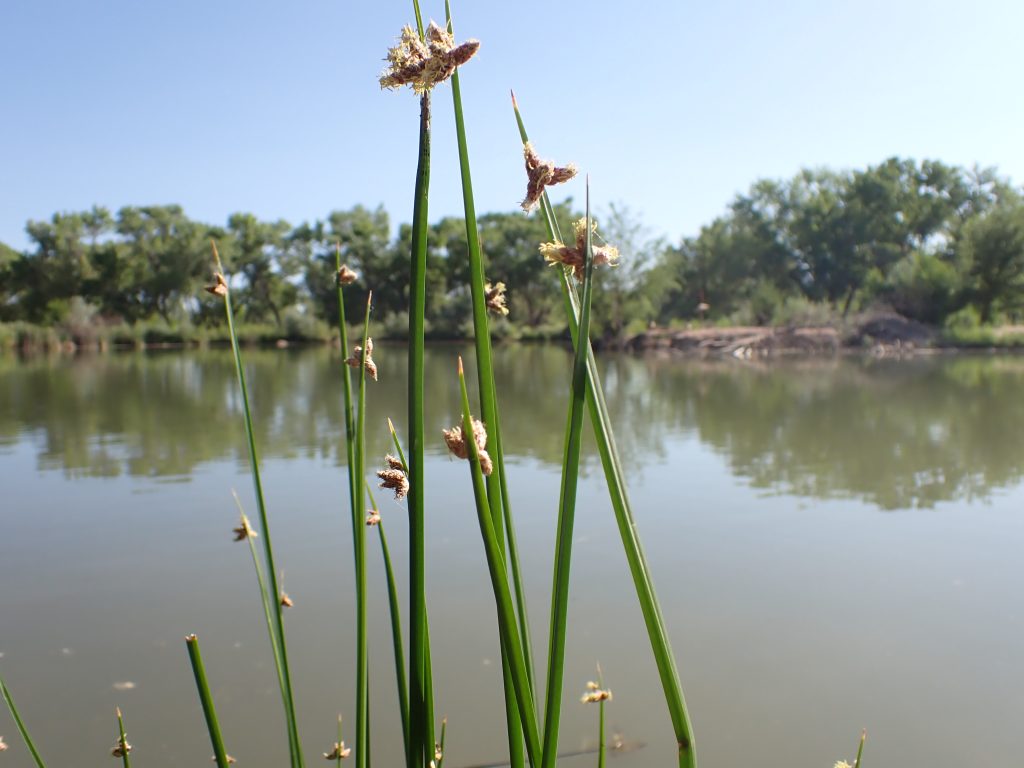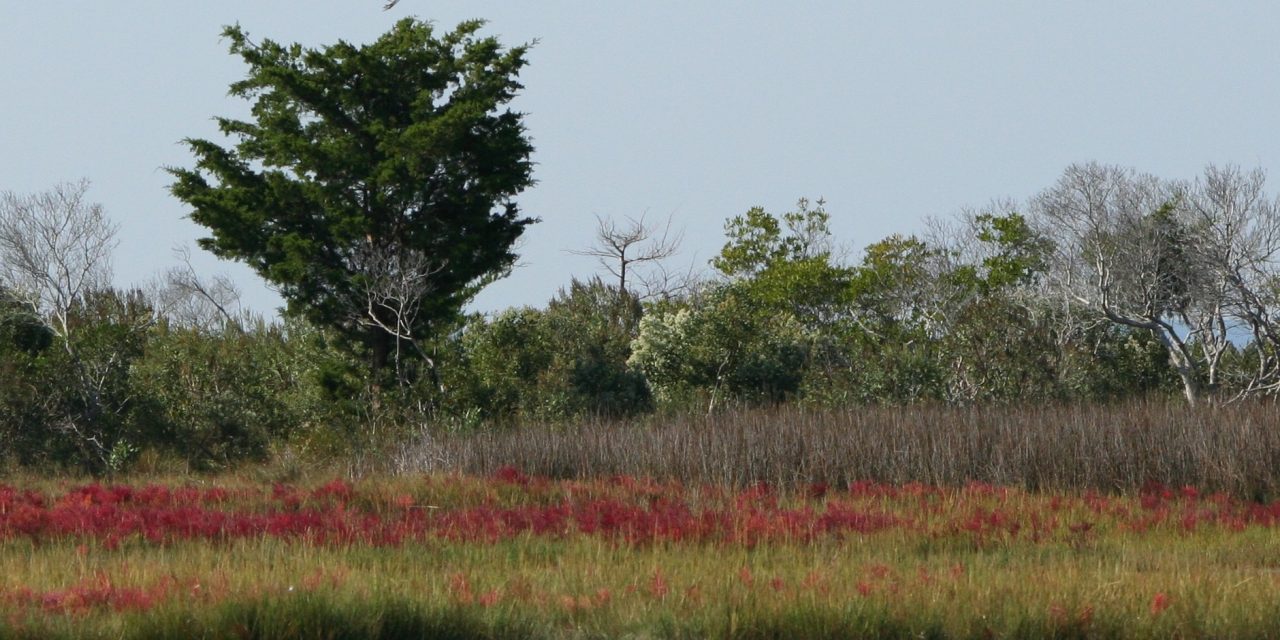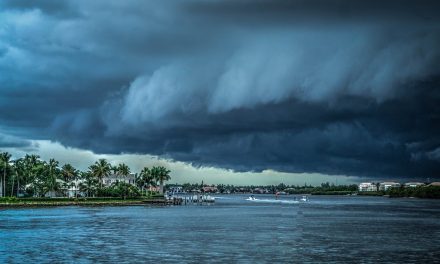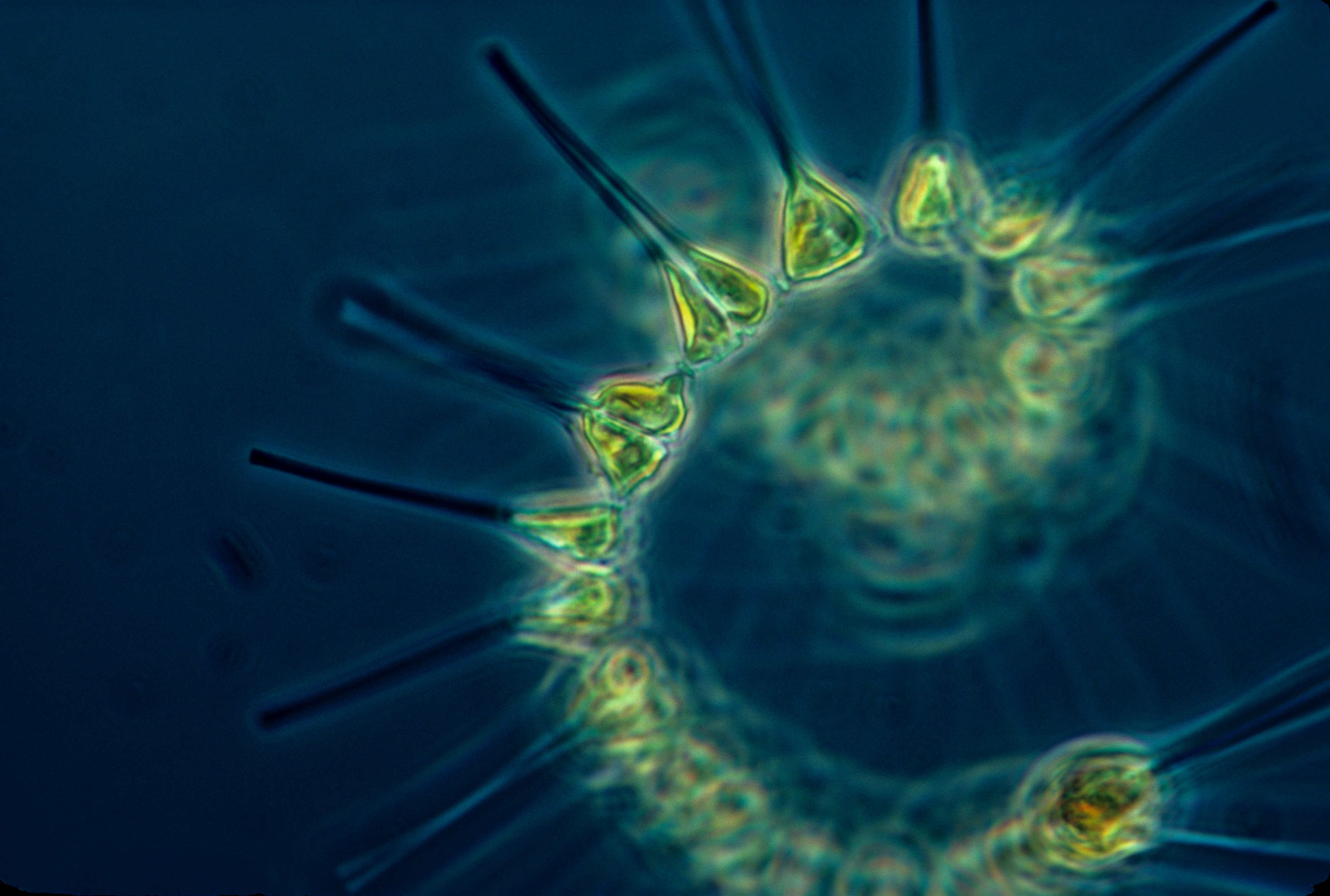According to new research, traditional sea-level rise models fail to consider a factor that could fundamentally alter scientists’ understanding of coastal vegetation in a warming world: evolution.
In humans, evolution is a process that occurs gradually over millions of years. For plants, the process is much faster. Just a few decades can provide ample time for plants to develop and proliferate new traits within a single species.
In the wetlands lining Chesapeake Bay, researchers have discovered major changes in the below-ground behavior of the common grass known as chairmaker’s bulrush. The change — shallower root systems — has evolved over less than a century. Researchers contend that this trend could have serious implications for the ability of wetlands in the Chesapeake Bay to keep pace with projected sea-level rise.
“Now that we’ve shown that evolutionary change can be fast enough and large enough to affect ecosystem resilience, we hope other researchers will consider this component of biological response to global environmental change,” said Jason McLachlan, University of Notre Dame Biologist and study co-author, in a release.
An Exercise in ‘Resurrection Ecology’
Coastal vegetation interacts with sea-level rise in two main ways: carbon sequestration and soil-surface accretion. Through photosynthesis, plants help to mitigate the effects of climate change by transferring carbon dioxide from the atmosphere into soil, inhibiting the greenhouse effect, and discouraging sea-level rise. On a more localized level, deeper root systems promote the gradual upward movement of the soil surface — a process called accretion — which helps coastal ecosystems keep up with rising waterlines.
Chairmaker’s bulrush is one of the most abundant plant species in the Chesapeake Bay ecosystem, and through carbon sequestration and soil-surface accretion, it plays a crucial role in the resilience of coastal wetlands. The Smithsonian Environmental Research Center in Edgewater, Maryland, maintains preserved core-sediment samples that contain dormant chairmaker’s bulrush seeds from as early as 1931.
By planting these “resurrected” seeds alongside modern specimens, researchers were able to directly compare physiological differences between generations. Additionally, carrying out computer simulations enabled the team to project generational differences in long-term effects on carbon sequestration and soil-surface accretion rates in local marshes. The researchers, representing the University of Notre Dame, University of Tennessee (Knoxville), and University of Florida (Gainesville), published findings from their experiments in the February 2023 issue of the journal Science.
This type of study — known as resurrection ecology — is a time-tested approach to help assess long-term genealogical changes in plants and animals. What makes this study different, describes Megan Vahsen, lead study author and Notre Dame doctoral student, is that it focused specifically on underground characteristics.
“For reasons of inconvenience, science has often ignored what happens below ground,” Vahsen said in a release. “But we have learned so much in this study; there are so many secrets happening below ground.”
Seeking Answers Underground
From aboveground, modern bulrush specimens did not display substantial differences from their resurrected ancestors, according to the study. But underground, bulrush root systems steadily shrunk, with the bulk of their biomass on a clear trend upward toward the marsh surface over the decades. This trend remained stable in bulrush specimens gathered from different parts of the Chesapeake Bay shoreline.

“We think this surprising reduction in below-ground growth might be a response to increased pollution in Chesapeake Bay,” McLachlan said. “Decades of pollution have resulted in higher levels of nitrogen and phosphorus in the waters, and since these are plant nutrients, evolution might now favor plants that ‘invest’ less in expensive roots.”
Computational marsh models showed that these smaller root systems entailed significant weaknesses in accumulating carbon in soils and supporting soil-surface accretion. Compared to plants from the previous century, modern bulrushes sequestered atmospheric carbon an average of 18% slower. Likewise, soil-surface accretion rates in marshes featuring modern bulrushes were an average of 8% lower than those in marshes containing the same concentration of ancestral specimens.
Assuming this evolutionary shrinkage continues, by 2100, Chesapeake Bay marshes dominated by chairmaker’s bulrush could rise by about 5 cm (2 in.) less than static projections based on the size of today’s average bulrush root system, the researchers write. Simulations based on sea-level rise scenarios of varying intensity also showed that changes in carbon capture due to shrinking root systems could account for an average of 4 cm (1.5 in.) of local sea-level rise by 2100.
Importantly, the researchers caution that their results explore the long-term changes of only species in one location. As many types of vegetation work in concert to affect an ecosystem’s climate change resilience, study authors call for a more holistic approach to research into the relationship between plants and sea-level rise adaptation.
“Evolutionary change over almost a century played a destabilizing role for coastal ecosystems,” McLachlan said. “Other species in other ecosystems might have responded differently to human environmental impact, perhaps providing more resilience to ecosystems, or perhaps having no impact at all.”
Read the full study, “Rapid Plant Trait Evolution Can Alter Coastal Wetland Resilience to Sea Level Rise,” in the journal Science.
Top image courtesy of James DeMers/Pixabay

ABOUT THE AUTHOR
Justin Jacques is editor of Stormwater Report and a staff member of the Water Environment Federation (WEF). In addition to writing for WEF’s online publications, he also contributes to Water Environment & Technology magazine. Contact him at jjacques@wef.org.






